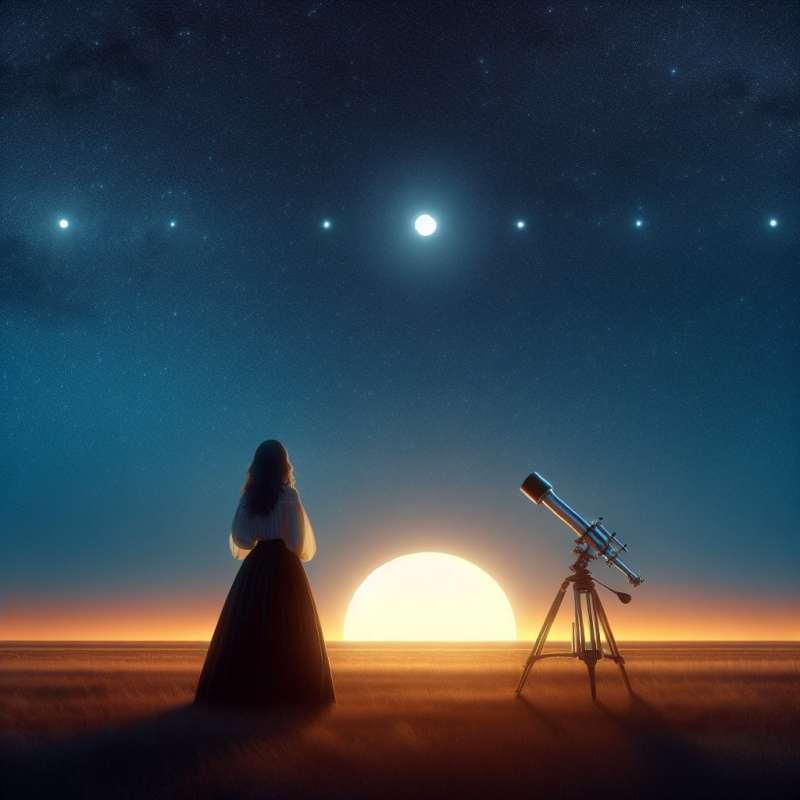
The Sun's Lifespan
The Sun is about 4.6 billion years old, halfway through its stable lifetime. It's expected to sustain for another 5 billion years before drastic changes begin, evolving into a red giant.
Nuclear Fusion Process
The Sun's energy comes from nuclear fusion in its core, converting hydrogen into helium. Over time, it uses up hydrogen, affecting its stability and signifying the beginning of the end.
Red Giant Transformation
As hydrogen depletes, the Sun will expand into a red giant, engulfing Mercury and Venus, possibly Earth. Its outer layers will be expelled, leaving a hot core.
Planetary Nebula Eventuality
The Sun's outer layers, once expelled, will create a planetary nebula, shining brightly for thousands of years. The nebula will then disperse, leaving behind a white dwarf.
White Dwarf Cooling
The remaining white dwarf will gradually cool and fade over billions of years. It will eventually become a cold, dark, and dense object called a 'black dwarf'.
Sun's Influence on Earth
Long before becoming a red giant, the Sun's increasing luminosity will render Earth uninhabitable, boiling away oceans and causing a runaway greenhouse effect.
Galactic Recycling
The material expelled from our Sun will contribute to the interstellar medium, potentially giving rise to new stars and planets, continuing the cosmic cycle of matter.The Sun's Core Rotation
The Sun's core rotates faster than its surface, making a full rotation in about a week compared to the equator's 25 days.
How old is the Sun?
About 4.6 billion years
Nearly 5 billion years
Over 10 billion years
Company